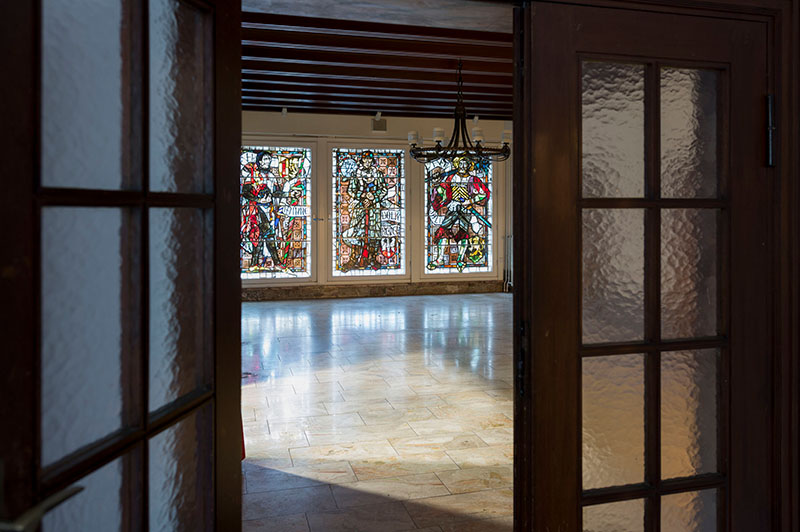The central objective
Mark Twain Center - the idea
The central objective of the Mark Twain Center for Transatlantic Relations is to combine exploration of the past with cultural and academic perspectives and to promote German-American dialogue around important issues for the future. The Center’s activities are intended to keep the memory of the American presence in Heidelberg alive and to strengthen transatlantic dialogue. The MTC is a place of exchange and encourages collaboration with academic institutions, as well as with German-American organizations and associations involved in cooperation at local, national and international level.

The history of Heidelberg provides a representative example for Germany of how, from a starting point of conflict, a value-based transatlantic partnership with the USA was able to evolve. Even before the inauguration of the current US President this value base has been called into question on both sides of the Atlantic. At the height of the Cold War the US Army’s most important institutions were located in Heidelberg. This means that the base, known since 1948 as Campbell Barracks, evokes more intensely than virtually anywhere else in Germany the presence of over 15 million US citizens in Europe during the post-war period and the Federal Republic of Germany’s place at the heart of the western alliance. The shared history of the Americans and the people of Heidelberg provides a vivid illustration of the transformation from wartime enemies to friends. At the same time, it also shows the contrasts that can shape a value-based friendship, especially in relation to issues of war and peace.
With its three pillars of commemoration, research and culture and the combination of local history and discussion of issues of importance for the future of transatlantic relations, the MTC is in a unique position. Existing organizations in Germany are based primarily on a museum-style approach and mostly focus exclusively on the military aspects of German-American history since 1945. In contrast, the MTC is concerned equally with the social, political, economic and military aspects of the German-American partnership.
The installations and interactive elements must be developed with a multimedia perspective so that they meet the needs first and foremost of a young target group. The MTC should be aimed particularly at young people, both as individual visitors and within the framework of educational programs (e.g. for schools, colleges and other organizations). In the medium term, the exhibition should also become one of Heidelberg’s tourist attractions. Each year around 100,000 Americans visit Heidelberg and they therefore represent an additional target group.

